Color Brain Teasers – Say the color not the word.
In the picture book, The Day the Crayons Quit written by Drew Daywalt and illustrated by Oliver Jeffers, Duncan opens his box of crayons and finds the box empty! In place of the crayons are a bundle of letters from the box’s occupants. Each letter is addressed to Duncan and outlines why the color abandoned the box; beige is tired of being second fiddle to brown, blue needs a break from coloring all of that water, while pink just wants to be used! Poor Duncan just wants to color!
- Write your own letter to one of the colors of your choice.
- Persuade the crayon to rejoin Duncan’s box of crayons!
- Read the example Dear Peach.
- Check out this follow-up lesson by Mrs. Hembree’s Class – The Fruit Story.
- Consider writing your own version – The Day the __________ Quit.
- Check out Daywalt’s The Day the Crayons Came Home.
What would you do, if you could not convince Duncan’s crayons to return to the box? Read Elizabeth Rusch’s A Day With No Crayons to find out how Liza survives the day.
- Many words and phrases in our language include color words. Complete “Color My World” worksheet to research colorful phrases.
- You know pencils are yellow, and nothing points to a classy entrance like a red carpet. But do you know how these items got their iconic colors? Here are their back stories. Read more from Mental Floss about 15 Fascinating Explanations for How Things Found Their Colors. Research a color of your own and find out its origin.
Colors can show different perspectives too! How would you describe colors?
- My Blue is Happy by Jessica Young. This book is about seeing colors in different ways.
- Read I Love you the Purplest. Write your own color of love poem to reflect on colors and the positive images they evoke. (Examples)
- Creating names for colors is a real job! Watch Let’s Talk Color!
- This Man Protects the World’s Rarest Colors – The materials collection, at the Harvard Art Museums in Cambridge, MA, houses thousands of pigments, including some of the world’s rarest. Dragon’s blood, mummy, Indian yellow: these are but a few flashy highlights from the museum’s collection.
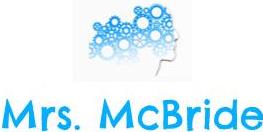
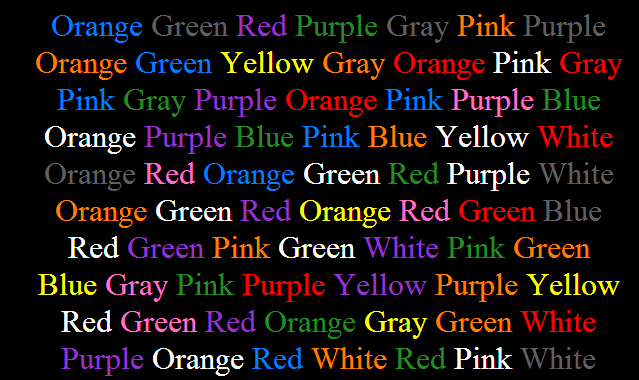
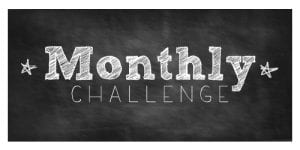

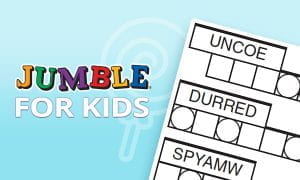
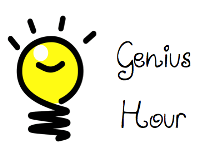
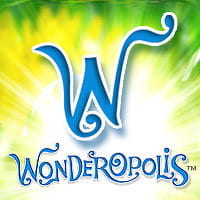
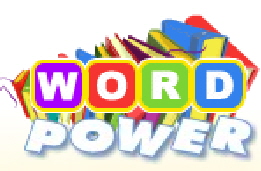

You must be logged in to post a comment.